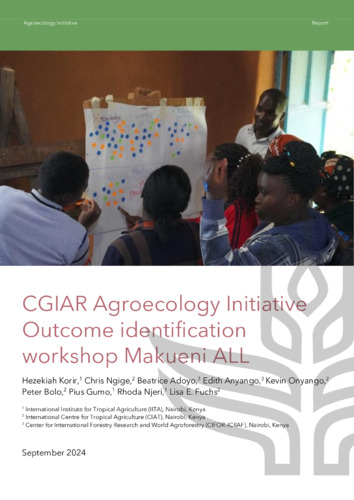Garcinia kola Heckel is a multipurpose medicinal tree with significant cultural and economic relevance in West and Central Africa. Although the domestication process is still in its early stages, most of the current research is laboratory-based, overlooking fields that can directly support the species’ development. We aimed to describe the morphological tree-to-tree variation of G. kola in Cameroon and identified plus trees representing the potential species’ ideotype. In total, 218 trees with 1,722 fruits and 4,553 seeds from 3 regions were analysed using 26 morphological descriptors. Statistical analysis was performed to select the top ten trees. The variation among study sites was identified using dendrogram and principal component analysis. Fruit seed mass was selected as the most important production-related criterion to identify the plus trees. It was a highly variable parameter (CV = 60%) with an average of 14.4 ± 8.56 g per fruit. The fruit/seed correlation revealed a strong link between high seed mass and large fruits. However, high fruit seed mass was not linked to any particular fruit and tree shape. Most of the plus trees originated in agroforestry systems. The overall phenotypic diversity within populations was greater than between them. In conclusion, G. kola’s domestication has not yet progressed enough to distinguish between wild and cultivated trees. Nonetheless, two ways of establishing future clonal cultivars were proposed based on fruit seed mass and fruit seed mass ratio. To improve the quality and uniformity of marketable seeds, selecting trees with above-average fruit seed mass was recommended.
DOI:
https://doi.org/10.1007/s10722-023-01750-1
Dimensions Citation Count:























